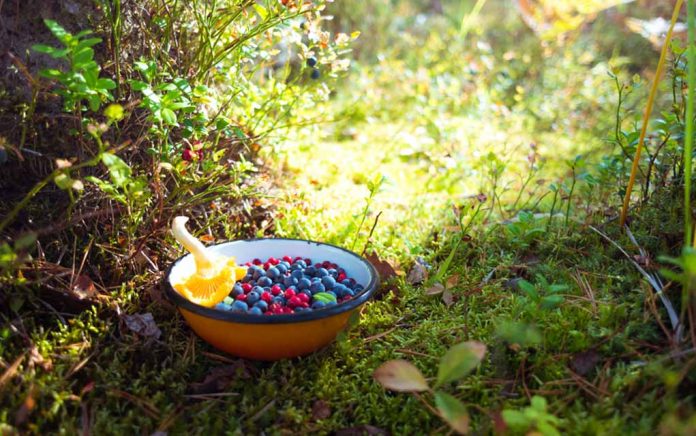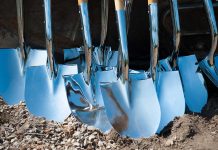
Summer has come to an end, and now the weather is starting to cool down. However, you can still forage for certain plants. There are plenty of varieties to look for during the months of autumn.
Plenty of plants become mature during the fall that we can use both as food and medicine. A variety of fruits, berries, nuts and seeds become ready to harvest this time of year. Crabapples, acorns, sumac berries, cranberries, walnuts and chestnuts all become ripe in autumn, making them great sources of forageable food.
The list doesn’t end there. A number of trees make great teas. Sassafras bark and roots work well. Most conifers, save the yew tree, are edible, so look to make tea from the needles of pines, firs, spruce and hemlock trees.
Mushrooms tend to grow during the spring and fall, making them another viable source of food. Maitake mushrooms are great tasting, but they’re only available in large quantities for a short time during the fall. After a few rainstorms, which is typically commonplace during autumn depending on where you live, you can find chanterelle mushrooms, which have a great flavor.
Of course, finding the food is only half the battle; you still need to be able to cook it. If there’s no power, and you only have small amounts of sticks or wood to work with, check out how to make a rocket stove here.
Copyright 2021, TheSurvivalGuide.com














